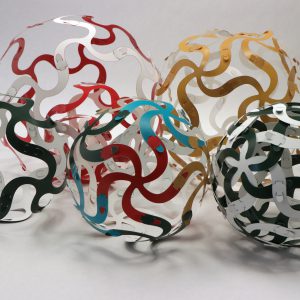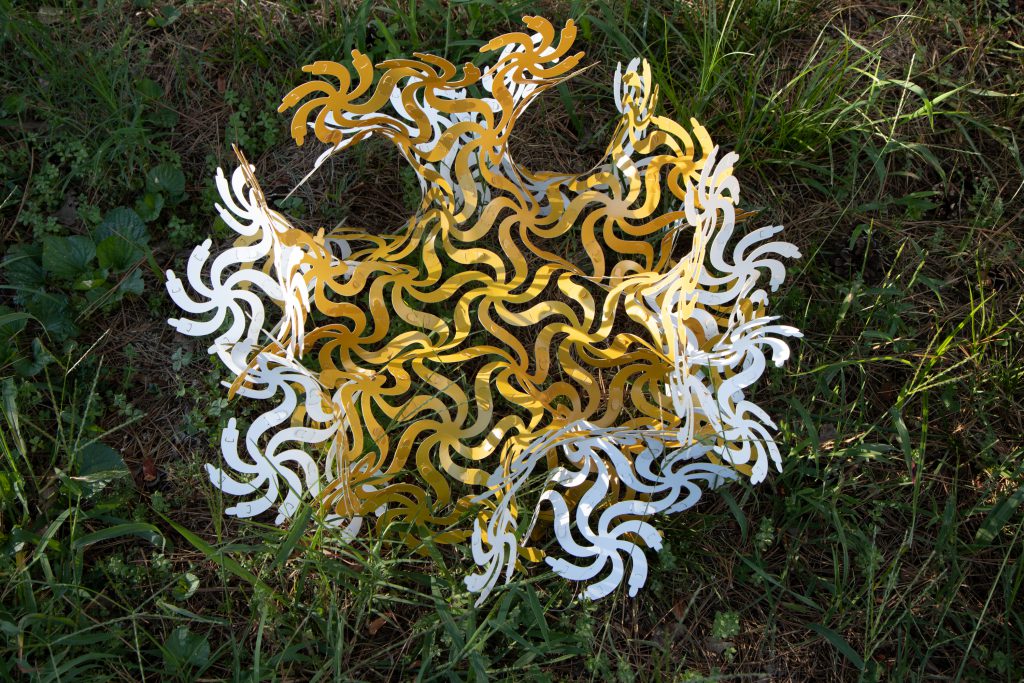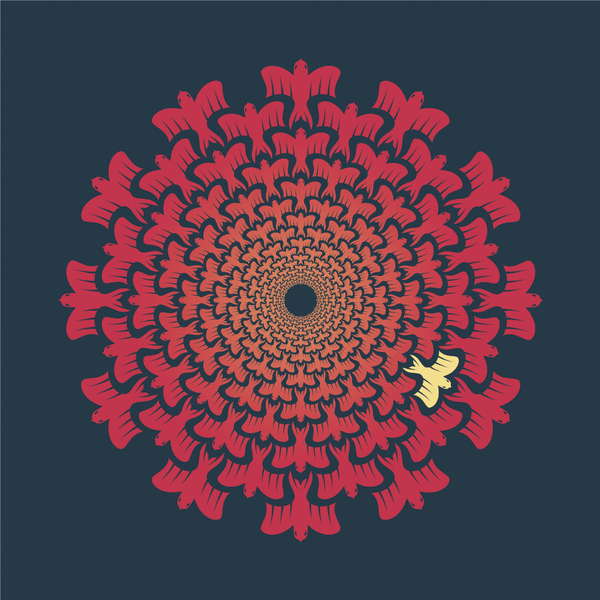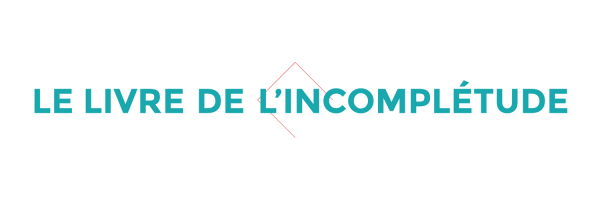 Longtime friend of the Aperiodical, artist, mathematician and #BigMathOff semifinalist Edmund Harriss has come up with a new puzzle/toy/exploration set, developing his Curvahedra system. We asked him to explain the maths behind it in this guest post.
Longtime friend of the Aperiodical, artist, mathematician and #BigMathOff semifinalist Edmund Harriss has come up with a new puzzle/toy/exploration set, developing his Curvahedra system. We asked him to explain the maths behind it in this guest post.
Curvahedra is a flexible system of connectors that can make all sorts of different things, combining puzzles (and self-created puzzles) with art. You can get your own to play with, explore, prepare for Christmas (they make great decorations, wreaths and presents) at our online store, and get 15% off with the discount code APERIODICAL.
As this is the Aperiodical, you might be most interested in how it can be used to explore mathematics. In the big math off I talked about the basic ideas behind the system, Gauss’ famous Theorema Egregium and Gauss-Bonnet theorems. A really simple version of this comes from just considering triangles, that can be built up to make this:



